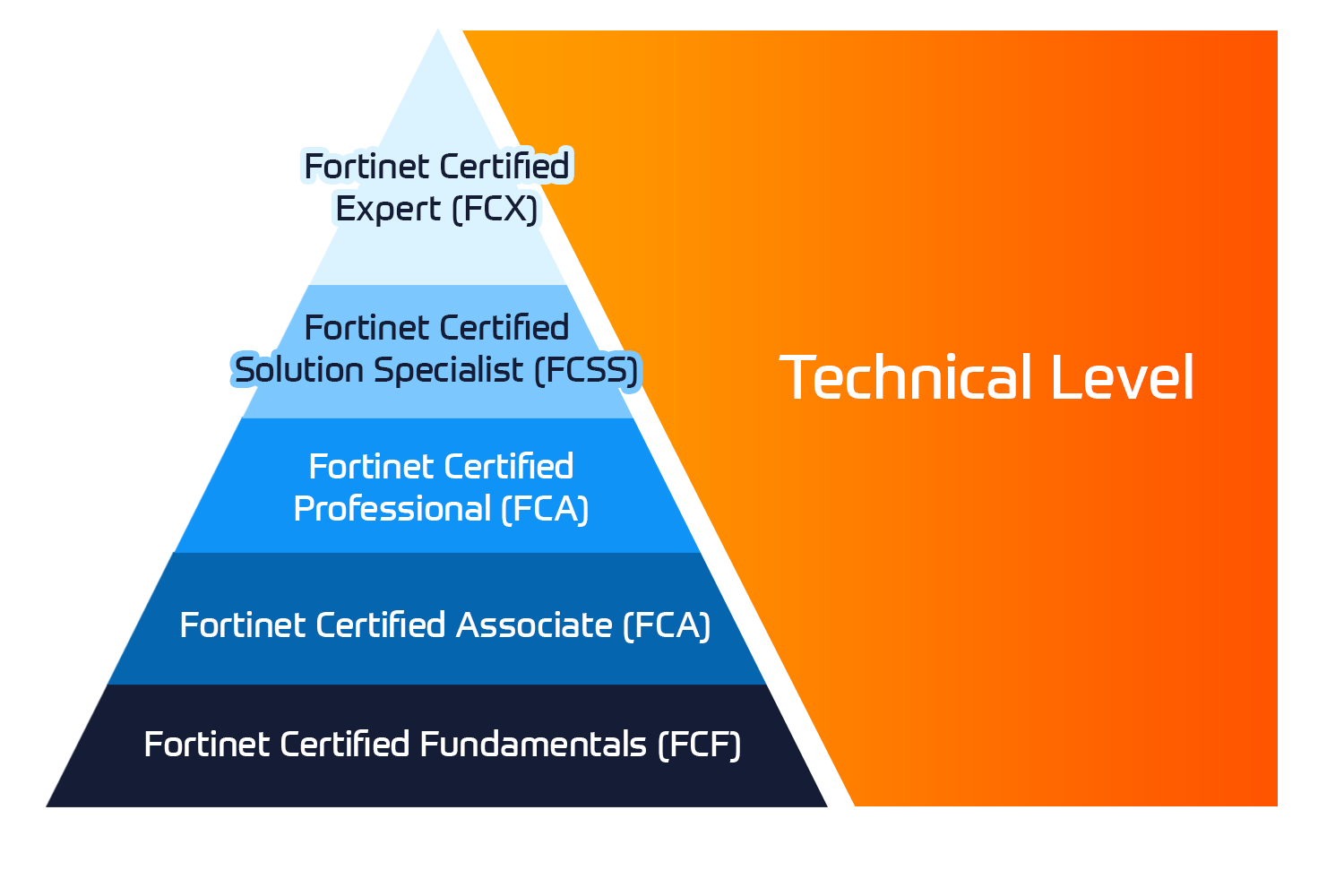DAY 1
1. Course Introduction
2. Juniper Connected Security
- Identify the high-level security challenges in today’s network
- Describe basic network security design
- Identify the key factors in Juniper Networks security focus
3. Juniper SRX Series Overview
- Describe the Junos architecture and SRX features
- Explain the traffic processing and logical packet flow on an SRX Series device
- Describe the Junos J-Web UI and its features
4. Juniper SRX Initial Configuration
- List and perform initial configuration tasks
- Perform basic interface configuration tasks
Lab 1: Initial System Configuration
5. UI Options – The Junos CLI
- Perform Junos CLI basics
- Describe Junos operational mode
- Describe Junos configuration mode
6. Security Zones and Screen Objects
- Describe and configure security zones objects
- Describe and configure screen objects
7. Address Objects and Service Objects
- Describe and configure address objects
- Describe and configure service objects
Lab 2: Creating Security Objects
DAY 2
8. Security Policies
- Describe the purpose and types of security policies
- Define the security policy components
- Configure an application firewall with unified security policies
- Implement security policy for a given use case
Lab 3: Creating Security Policies
9 Security Services—IPS
- Explain the purpose of IPS
- Define the IPS policy components
- Configure IPS policies
10. Security Services—Integrated User-Based Firewall
- Explain the purpose of user-based firewall
- Configure integrated user-based firewall
Lab 4: Security Services—IPS Integrated User Firewall
11. UTM—Antivirus and Antispam
- Describe the purpose of UTM services
- Explain antispam and its functionality
12. UTM—Content Filtering and Web Filtering
- Explain the functionality of Content filtering
- Explain the functionality of Web filtering
Lab 5: Implementing UTM Virtual SRX
13. Juniper Connected Security—JATP Cloud
- Explain the purpose of JATP
- Describe the features of JATP
- Describe the process to enroll devices with JATP Cloud
- Monitor JATP
Lab 6: JATP Overview
DAY 3
14. Source Network Address Translation
- Describe the purpose and functionality of NAT and PAT
- Configure and monitor source NAT
- Explain the purpose of proxy ARP
15. Destination Network Address Translation and Static Network Address Translation
- Configure and monitor destination NAT
- Configure and monitor static NAT
Lab 7: Implementing NAT
16 Site-to-Site IPsec VPN
- Describe the high-level overview and configuration options for IPsec VPN
- Implement IPsec VPN for a given use case
- Describe the functionality of proxy-id and traffic selectors
- Monitor site-to-site IPsec VPN
Lab 8: Implementing IPsec VPN
17. Juniper Secure Connect
- Describe Juniper Secure Connect features
- Explain Juniper Secure Connect UI options
- Deploy Juniper Secure Connect
- Monitor Juniper Secure Connect
Lab 9: Implementing Juniper Secure Connect
18. SRX Troubleshooting
- Discuss SRX and vSRX licensing
- Describe how to use packet capture
- Describe the traceoptions on the SRX Series device
- Discuss how to verify Content Security policy usage
19. Monitoring and Reporting
- Explain the basic monitoring features
- Explain the use of network utility tools on the SRX Series device
- Describe the procedure of maintaining Junos OS
- Identify the various reports available on SRX J-Web interface
Lab 10: Monitoring and Reporting
APPENDICES
A. SRX Series Hardware and Interfaces
B. Virtual SRX
C. Juniper Sky Enterprise
D. IPsec VPN Concepts

 United Kingdom
United Kingdom Germany
Germany Denmark
Denmark Sweden
Sweden Italy
Italy Netherlands
Netherlands Norway
Norway 

















 Kesto
Kesto  Toimitus
Toimitus  Hinta
Hinta